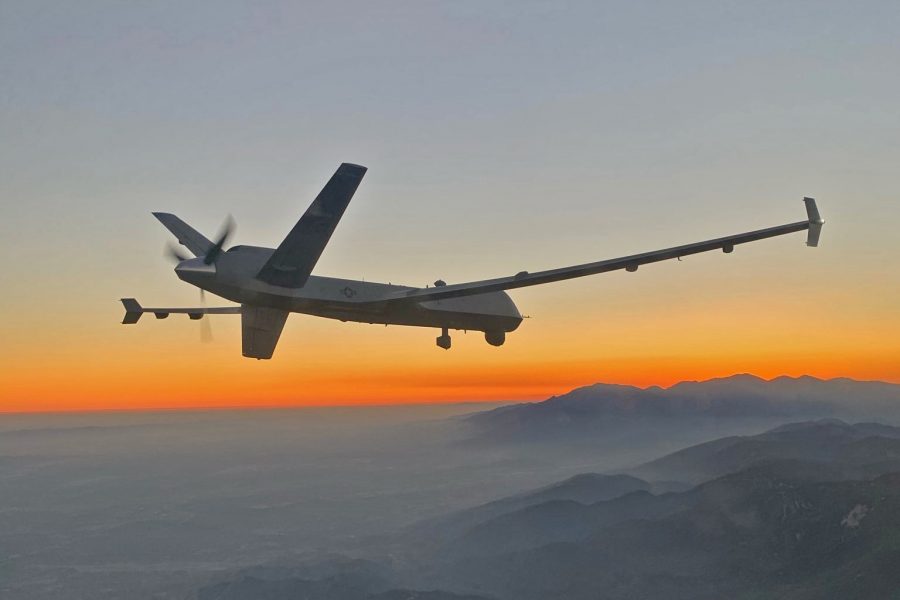California Air National Guard MQ-9s have flown the length of the entire state helping to coordinate responses to more than 24 fires that have been burning in the past two months.
As of Sept. 28, there have been 7,982 total wildfires, burning more than 3.6 million acres and damaging or destroying 7,630 structures, according to the California Department of Forestry and Fire Protection.
To help with the response, the 163rd Attack Wing at times had three Reapers in the air at a time, flying more than 70 sorties and more than 1,000 mission hours, according to a release. Their operations so far this fire season have more than doubled any previous year, said Maj. Lee Nichols, the senior intelligence officer in the 163rd Operations Group.
The wing was first activated to help combat the LNU Lightning Complex fire last month, which now has burned 363,220 acres but is mostly contained. Since then, pilots, sensor operators, and intelligence officers from other MQ-9 units in eight states have flown to California to help with the response. MQ-9s have provided fire-mapping surveillance to help emergency crews coordinate a response, while simultaneously flying over burned areas to provide damage assessments.
“The guest help has been hugely instrumental to surging to three lines,” said Capt. Eric Jeppsen, the 196th Attack Squadron’s chief of current operations, in the release. “The timing has been difficult.”
The wing played a pivotal role in a dramatic rescue in early September when California Army National Guard helicopters flew through smoke and fire to pick up more than 200 people who were stranded near a reservoir as flames encircled them. An MQ-9 was tracking the Creek Fire, and spotted safe landing sites for CH-47 Chinook and UH-60 Black Hawk helicopters with the 40th Combat Aviation Brigade.
“We had aircrew members with family and friends at those lakes, and told them to get out of there,” Jeppsen said in the release. “The infrared capability cut through the smoke. We’re thousands of feet above a fire so fierce it was generating its own weather, in this case, causing thunderstorms. Our role was helping intel determine where the helicopters needed to go.”
The pilots of the choppers were forced to use night-vision goggles and instruments to land because the smoke was so thick, as winds gusted up to 30 knots. Once on the ground, the aircrew loaded as many people as possible into the helicopters, flying three evacuations each, according to ABC News. The aircrew received Distinguished Flying Crosses for their actions.
“This is our backyard, this area that we’re operating in, it’s where we train and we’re out there a couple times a week,” Black Hawk Pilot Chief Warrant Officer 5 Kipp Goding told ABC News. “It’s also the local community for us, friends, neighbors, people we go to church with and are friends with, so we all know people who have been definitely evacuated and we fly over neighborhoods where we know people that live there.”
